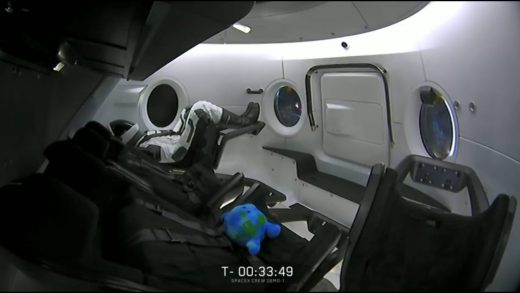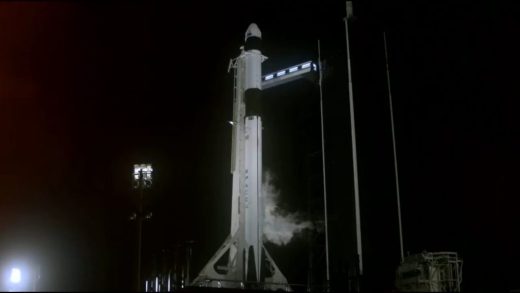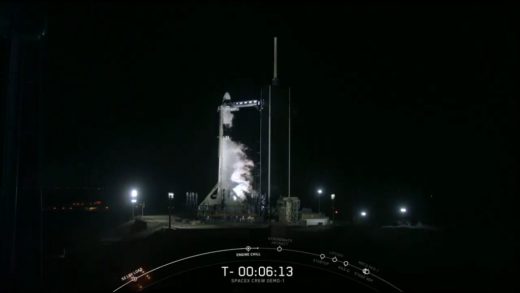A sampling of links to recent space policy, politics, and government (US and international) related space news and resource items that I found of interest:
- NASA deeps space plans:
- SLS/Orion/Gateway:
- Shutdown to delay first element of NASA’s lunar Gateway – SpaceNews.com
- OIG announces an audit that will evaluate NASA’s management of the Ground and Flight Application Software.
— NASA OIG (@NASAOIG) February 26, 2019 - See item below about Canada joining the Gateway program.
- Commercial space:
- Falcon 9, Crew Dragon Pair Up for Critical Flight Test – Commercial Crew Program/NASA
- SpaceX prepares for historic DM-1 mission, Dragon 2’s maiden flight to the ISS – NASASpaceFlight.com
- NASA, SpaceX ready next step to returning astronauts to American launches – Florida Politics
- Wilbur Ross: Launching toward a $1 trillion space economy | Commentary – Orlando Sentinel
- NASA budget:
- ISS:
- Nuclear space:
- Space policy history:
- Spaceports:
-
- Twenty years in, was Oklahoma’s space investment worth it? | KOKH
- Is the time right for Arizona to build a spaceport? | AZ Big Media
- Spaceport America anticipates hosting manned flights in 2019 | KOB 4
- Companies flourishing at Spaceport America | KOB 4
- Rocket startups could breathe new life into Florida’s Space Coast – CNN
- Why the space race will be one giant leap for Cornwall – Cornwall Live
-
- US military space:
- The Changing Dynamics of Twenty-First-Century Space Power – James Clay Moltz (pdf)
- Air Force laying groundwork for future military use of commercial megaconstellations – SpaceNews.com
- A Space Service in support of American grand strategy – The Space Review
- Why Trump’s new space directive resonates – Washington Times
- Australian space:
- Canadian space:
- Canada is the First Nation to Formally Commit to the US Lunar Gateway – The Commercial Space Blog
- The Planetary Society Celebrates Canada’s Major Space Program Investment | The Planetary Society
- NASA Secures First International Partnership for Lunar Gateway | NASA
- Canada commits to NASA’s Lunar Gateway boondoggle | Behind The Black
- Chinese space:
- Euro space:
- Indian space:
- Israeli space:
- Japanese space:
- Russian space:
- UAE space:
- Ukrainan space:
Webcasts:
** EXCLUSIVE: Former FL Sen. Bill Nelson on space exploration, UF historical docs
** February 26, 2019 Zimmerman/Batchelor podcast | Behind The Black
** The Space Show – Sun, 02/24/2019 – Linda Plush talked about “Human spaceflight medical concerns, challenges, solutions, mitigations, R&D, budget issues, progress, engineering differences and more”.
** The Space Show – Mon, 02/25/2019 – Micah Walter-Range discussed “how to expand and develop space with both government and private sector activity to establish a sustainable global space economy”.
** The Space Show – Tue, 02/26/2019 – Bernie Taylor discussed “Lunar time life, lunar cycles and life, extraterrestrial life, Drake equation modification to reflect the Moon, intelligent animals w/o lunar cycles and more”.
** Weekly Space Hangout: Feb 27, 2019: Dr. Ellen Stofan, Director of the National Air and Space Museum
** Episode T+113: Q&A – Main Engine Cut Off – “This month, we talk the GEO slowdown, the LEO boom, and as always, take on some fun launch vehicle questions.”
====






